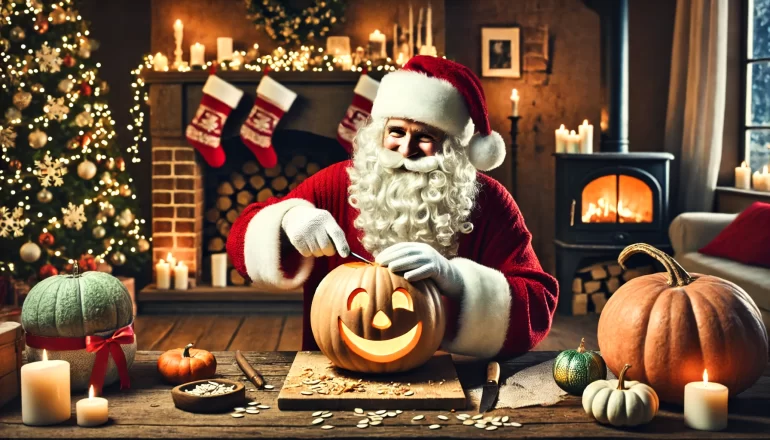This is Halloween season, not Advent, so it’s a bit awkward to promote my new book of Advent devotions. But hang with me a bit … there’s a stronger connection than you might think.
Advent is about preparing ourselves for the arrival of Jesus. The traditional focus is on love, joy, hope, and peace. This is especially helpful when we are drowning in hyper activity that pulls us away from personal reflection. Advent calls us to step out of the hustle and bustle of the season and live in the anticipation of something world-changing.
Now, how in the world does that have anything to do with Halloween?
Halloween has a checkered reputation, often for good reason, but it means All Hallows Eve. It points to the next day, which is All Saints Day. Jack-o’-lanterns, mini-size Snicker bars, and apple bobbing are all later inventions. They are just distractions (though, admittedly, fun distractions).
And what is All Saints Day? Denominations approach this day in differing ways, but it’s pretty simple for me: it’s the day we are thankful for the men and women, both living and dead, both famous and unknown, who have shown us what it means to be truly close to God.
So what do Halloween and Advent have in common?
Halloween takes one day, perhaps just one evening, to point us toward the celebration of the Saints. It asks us to be thankful for them.
Advent uses four weeks to point us toward the arrival of Jesus. It asks us to live in anticipation of a spiritual revolution.
It’s almost like Halloween is the warm up act for Advent, like a practice day for the main event.
So there is a connection between the two. Perhaps not as overt as you might think, but perhaps that’s because we are distracted by candy apples, scary costumes, gingerbread houses, and shopping lists.
One season calls us to hand out candy. The other to hand out presents. But done right, both seasons call us to stop, reflect, and live in joyous anticipation.
That’s very cool.
Image created by ChatGPT

